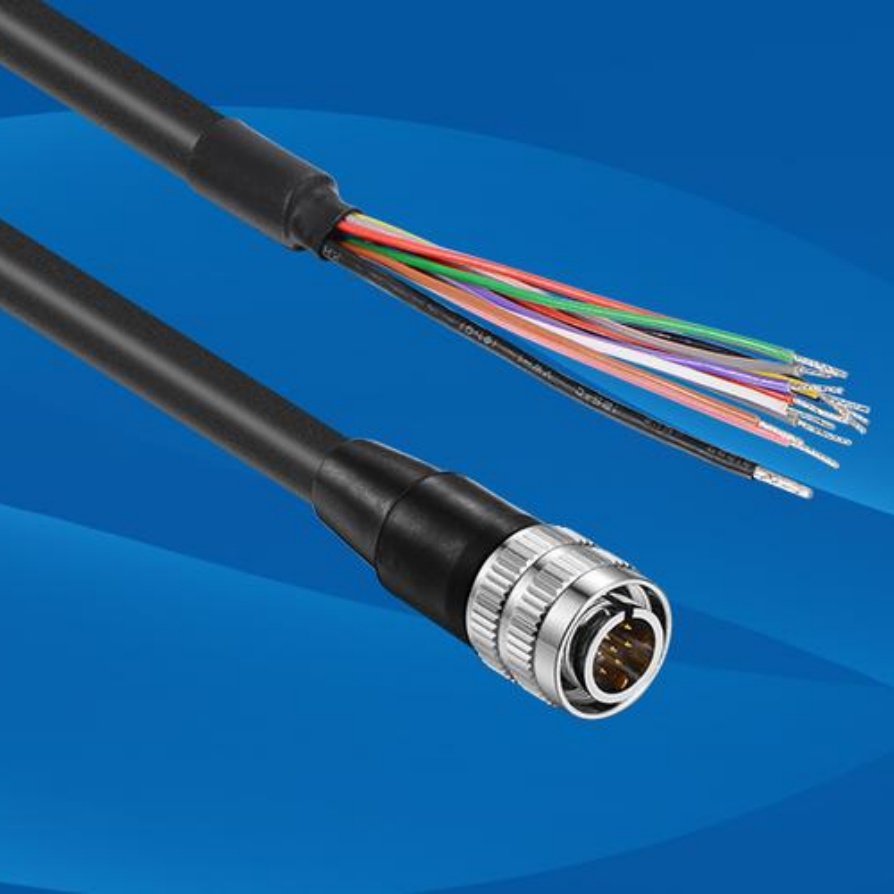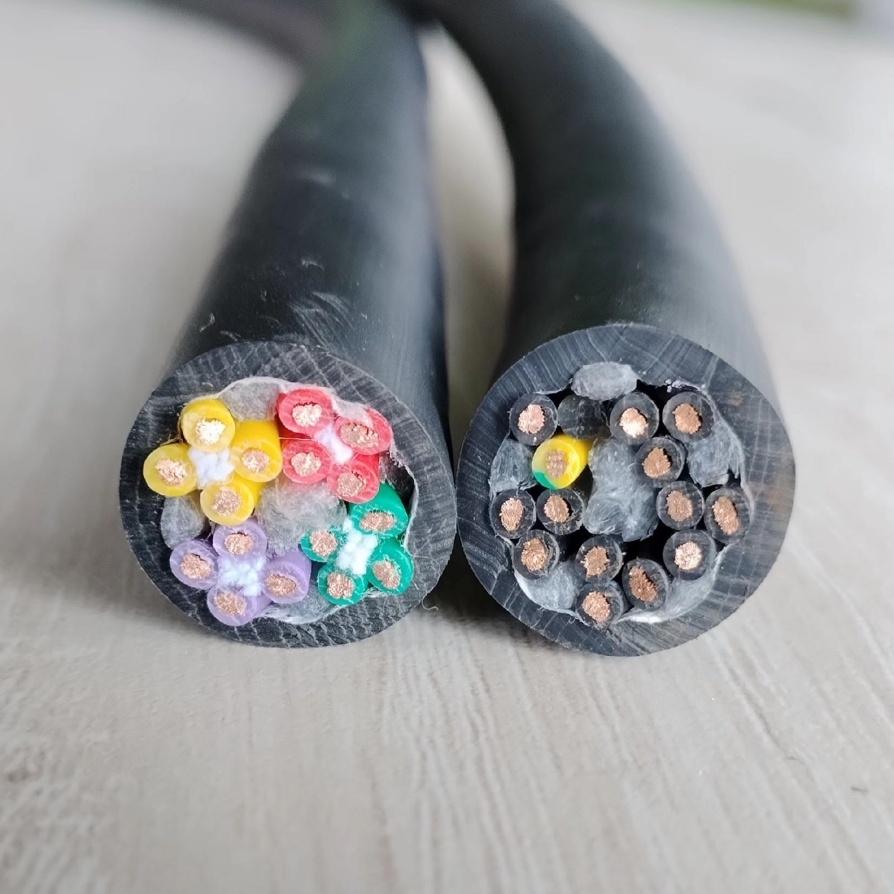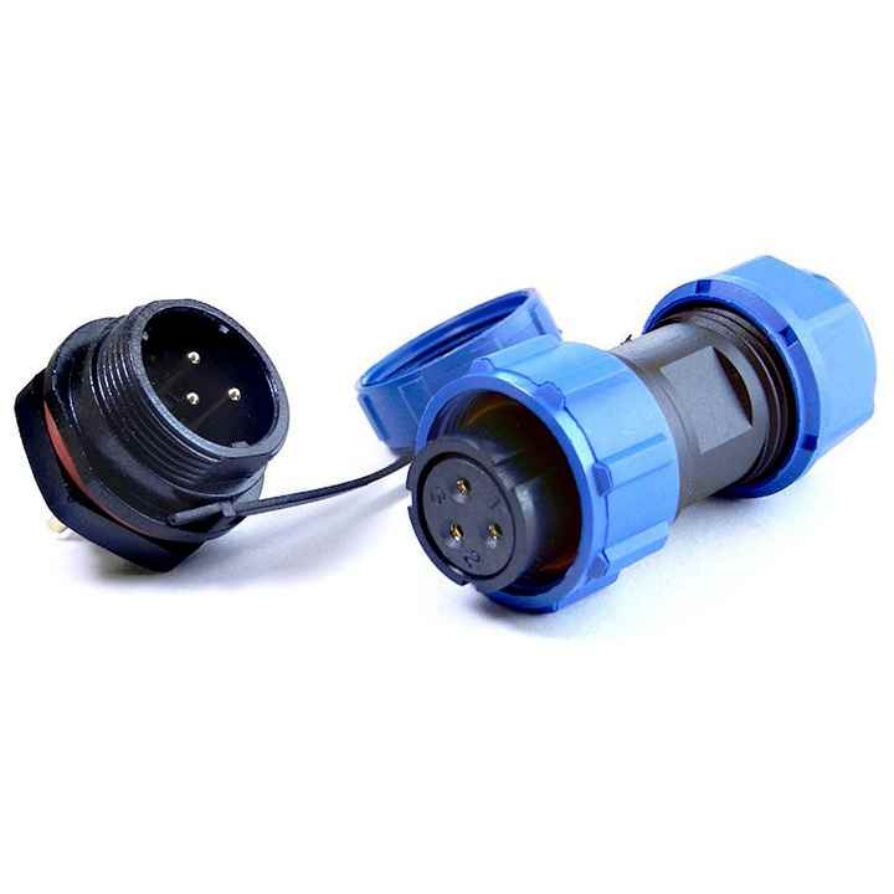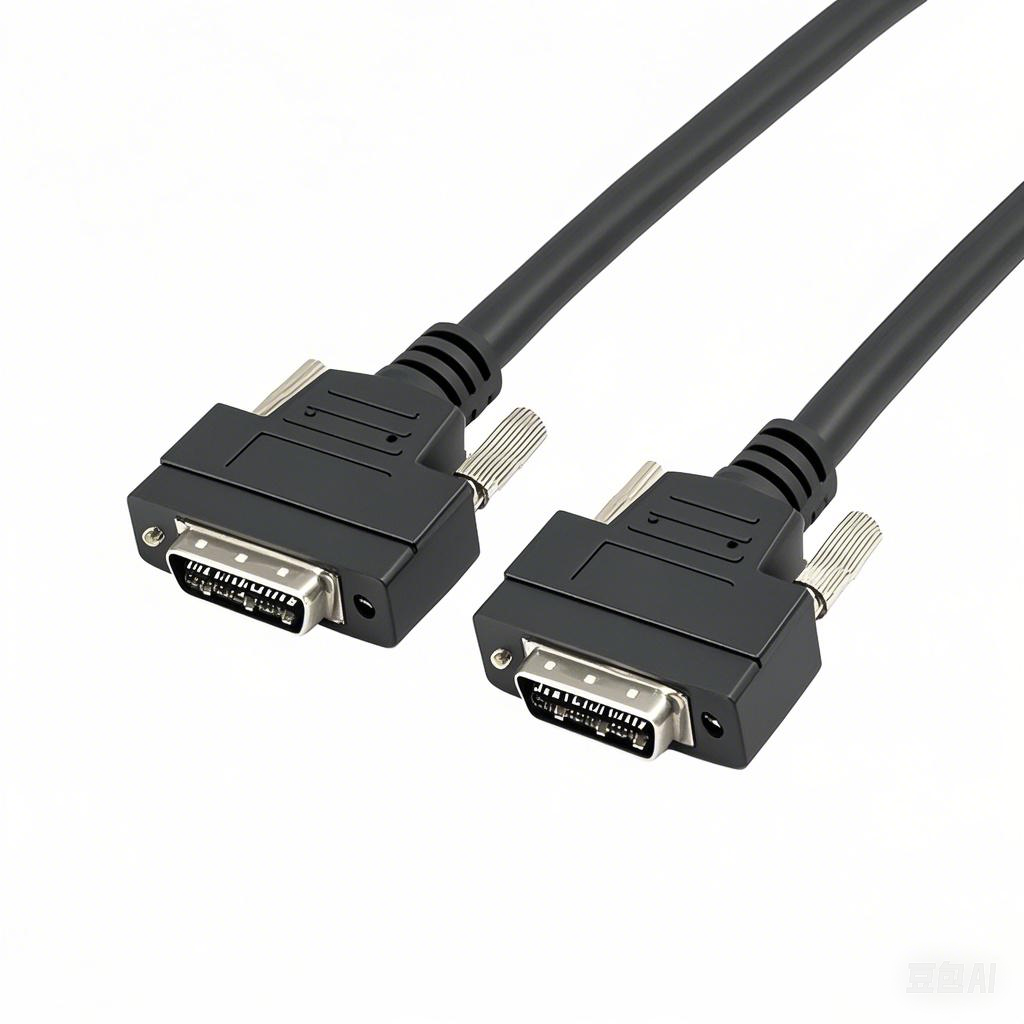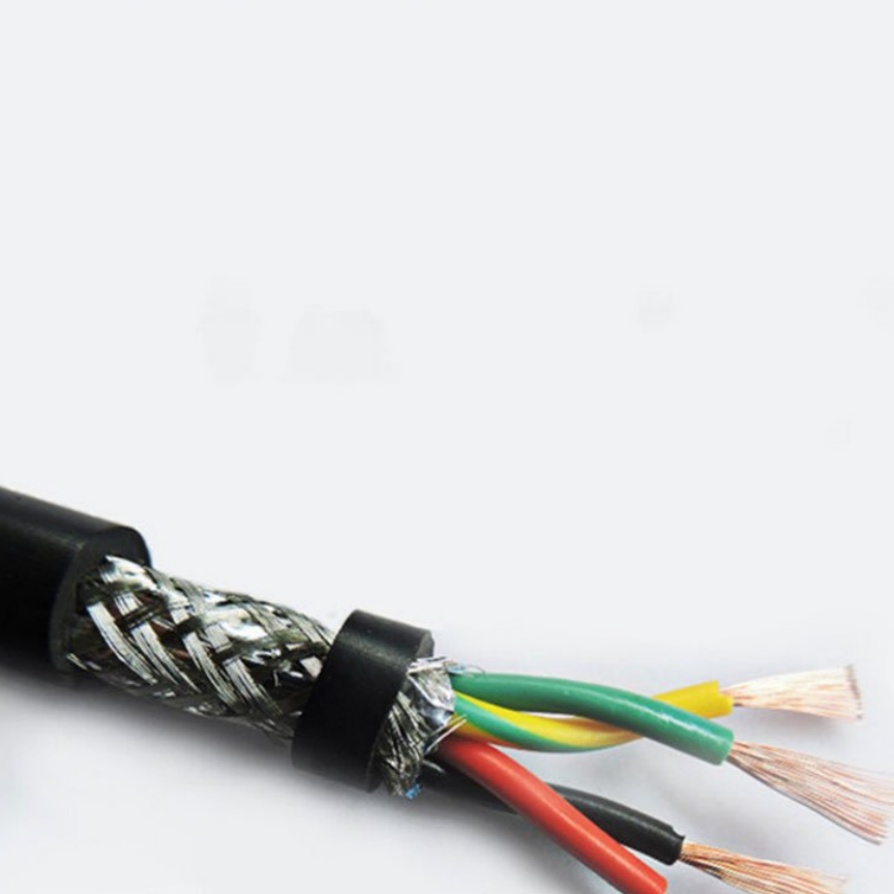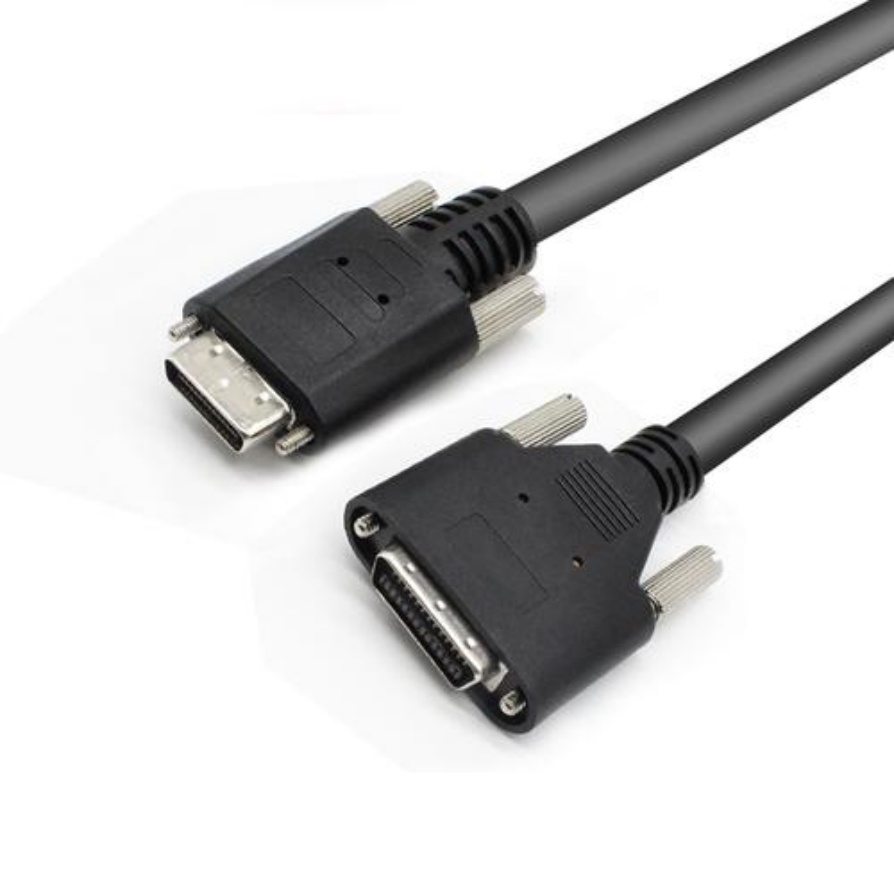Top 10 Features of High-Performance Machine Vision Cables
1. Ultra-High-Speed Data Transfer
High-performance machine vision cables support protocols like USB 3.0, GigE Vision, and CoaXPress, enabling rapid transmission of high-resolution images (e.g., 4K/8K) from cameras to processing units. This speed is vital for real-time applications such as defect detection on fast-moving production lines.
Example: In semiconductor manufacturing, even a millisecond delay can lead to costly errors. Cables with 10 Gbps+ bandwidth ensure pixel-perfect image transfer for nanoscale inspections.
2. Superior EMI/RFI Shielding
Electromagnetic interference (EMI) and radio frequency interference (RFI) are common in industrial environments due to motors, welding equipment, and power lines. Premium cables use multi-layered shielding (e.g., foil, braided copper) to block noise and maintain signal integrity.
Why it matters: Without proper shielding, image distortion or data loss could compromise quality control systems.
3. Ruggedized Construction
Industrial settings expose cables to extreme conditions: vibrations, abrasion, and mechanical stress. High-performance cables feature:
- Reinforced jackets (e.g., PUR, PVC) resistant to oils, chemicals, and UV radiation.
- Strain relief connectors to prevent breakage at connection points.
Use case: In automotive plants, cables routed near robotic arms withstand constant movement and friction.
4. Flexibility for Dynamic Applications
Static cables won’t cut it in systems with moving parts. Top-tier cables combine flexibility with durability, using high-strand count conductors and bend-optimized designs to endure repeated twisting and bending.
Example: AGVs (Automated Guided Vehicles) require cables that flex freely without degrading over time.
5. Temperature Resilience
From freezing cold storage facilities to high-temperature foundries, machine vision cables must operate flawlessly. High-performance options are rated for **-40°C to 105°C** and use materials like silicone or Teflon to avoid brittleness or melting.
Application: Steel mills use heat-resistant cables to transmit data near molten metal processing lines.
6. Waterproof and Dustproof Design
Cables with IP67/IP68 ratings or sealed connectors are essential for washdown environments (e.g., food processing, pharmaceuticals) or outdoor installations.
Benefit: Prevents moisture ingress, ensuring reliability in humid or sanitized areas.
7. Low Signal Attenuation
Signal loss over long distances can cripple vision systems. Premium cables minimize attenuation through:
- High-quality conductors (e.g., oxygen-free copper).
- Optimized impedance matching.
Scenario: In large warehouses, 50-meter cables maintain signal strength for ceiling-mounted inspection cameras.
8. Plug-and-Play Compatibility
Standardized connectors (e.g., M8/M12, HDMI, BNC) ensure seamless integration with cameras, sensors, and industrial PCs. Some cables also offer tool-free locking mechanisms for quick installation.
Advantage: Reduces downtime during system upgrades or maintenance.
9. Customizability
High-performance cables can be tailored to specific needs:
- Custom lengths to avoid excess slack.
- Hybrid designs combining power, data, and fiber optics in one cable.
- Color-coding for easy identification in complex setups.
Industry example: Aerospace manufacturers use custom-length cables to fit tight spaces in assembly jigs.
10. Compliance with Industry Standards
Leading cables meet ISO, IEC, and UL certifications, ensuring safety, performance, and compatibility. Certifications like CE, RoHS, and REACH also address environmental and regulatory requirements.



